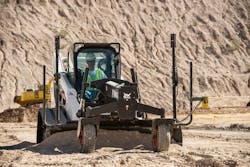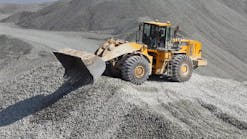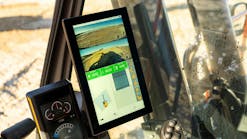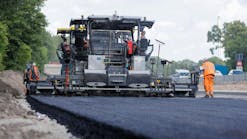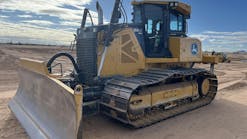How to Keep Grade Control Technology Working
Because of the high-tech nature of today’s smarter grade control systems, buyers are still concerned about what it takes to keep them working. Larry LeClair, CEM, is the equipment manager at Jax Dirt Works, and he says concerns about service work and warranty coverage should be addressed up front, with the sellers and installation vendors, to clarify what to expect if a system fails.
For example, does the OEM’s equipment warranty include coverage of the control’s hard and soft components that are likely made by a technology manufacturer? Or does the OEM warranty defer to the tech vendor’s warranty? Does the warranty include parts and software integration? And what kinds of support can you count on? In other words, when the control system fails, what’s it going to take to fix it?
This clarification is especially important if the grade-control system is part of the machine’s purchase agreement. Equipment delivered with fully integrated grade-control technology will likely include hardware from outside tech manufacturers, sometimes combined with proprietary OEM parts. The same goes for software. Each OEM offers software suites for specific applications, usually supported by the tech supplier’s platforms.
“At the end of the day, it’s all about service,” LeClair says. “The new control technology on these machines adds another level of repairs, and not all of the companies have sufficient service networks for repairs. The OEMs are way behind in terms of providing 100-percent service support for the systems they are selling.”
LeClair has had better experiences with technology vendors such as Trimble and Topcon, in part because he feels their support people are better trained and have a much deeper understanding of their components and how they work with the machine’s engineering.
“Without adequate support from the OEMs, dealers, and vendors,” LeClair says, “I think we’ve just created a whole other cost center.”
